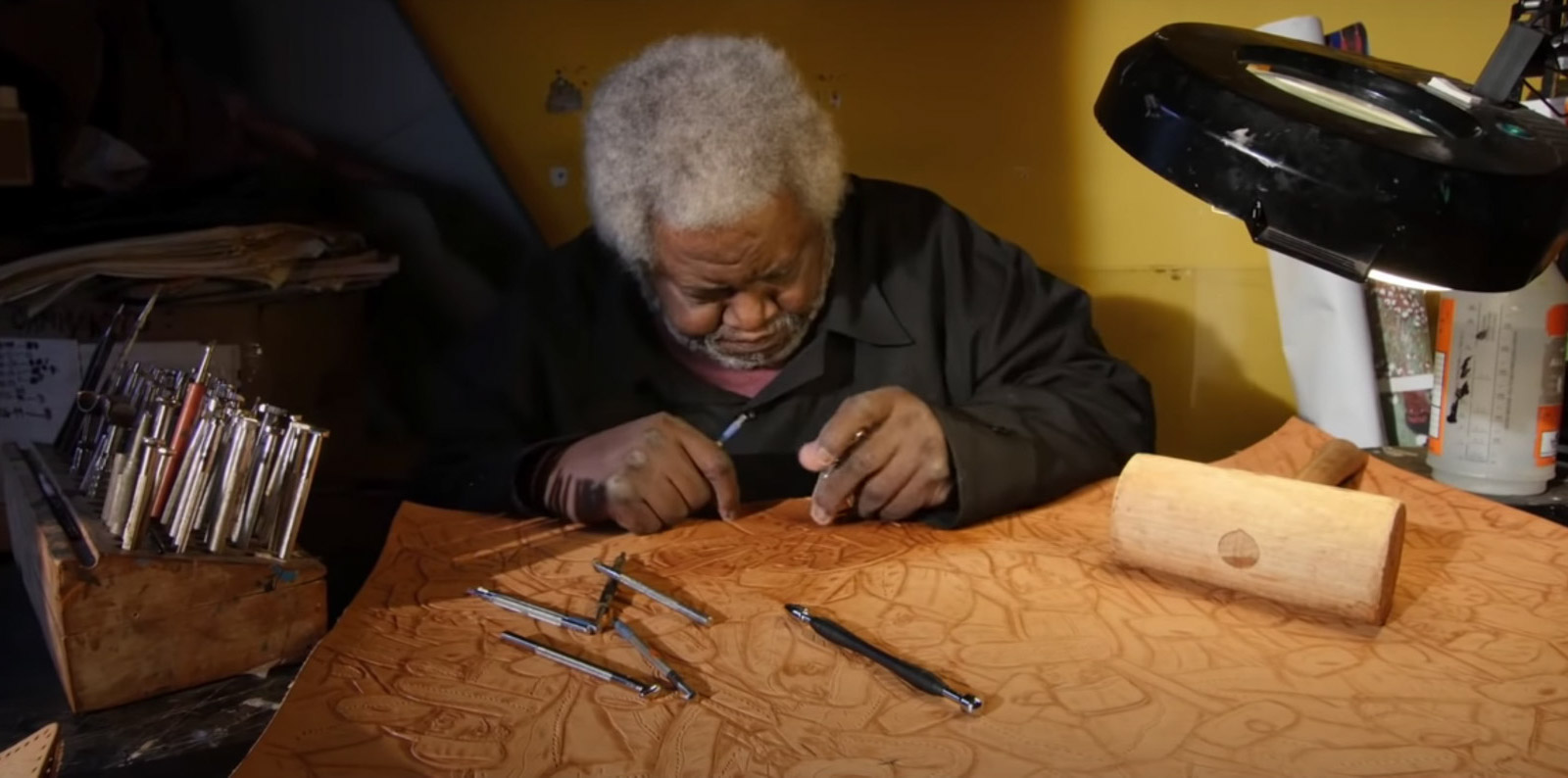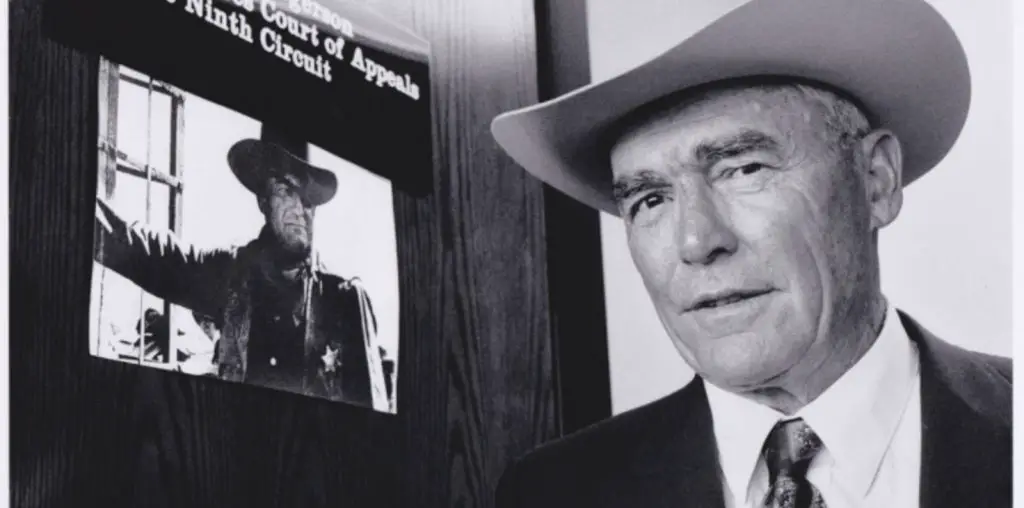
If the most recent atrocities at the U.S. Capitol were not reminder enough of how little we have progressed as a nation, director Taylor Rees and Renan Ozturk’s short documentary, Ashes to Ashes, will serve as yet another—more intimate—reminder.
Ashes To Ashes focuses on Winfred Rembert, whom we first meet in his jubilant glory, gushing over the various Star Wars toys and memorabilia he has collected over the years. He stops to admire a large Obi-Wan Kenobi doll. “Here’s my favorite of all the old Jedi,” Rembert exclaims. “He’s just so fantastic with his mind.”
His affection for the wisened Jedi Master is not coincidental, as Rembert himself has witnessed evil in its purest form as well and has survived to tell his tale. Growing up on a plantation, Rembert recalls not able to have toys growing up, then running away to join the civil rights movement, but he was captured by racist police and forced to work on a chain gang and a subsequent victim of an attempted lynching.

“…[Rembert] was captured by racist police and forced to work on a chain gang and a subsequent victim of an attempted lynching.”
His scars are not only physical but justifiably mental as well. “That lynching is on my back, and it’s dragging me down, even today,” Rembert confesses. With the support of his loving wife Patsy, and the help of artist and friend, Dr. Shirley Jackson Whitaker, Rembert has been able to channel those scars into art, etching his story into highly detailed leatherwork that depicts his entire harrowing life story.
Throughout the short documentary, Rees captures the man’s extraordinary life with poetic camera movements: an overhead shot of Rembert’s weathered hands splayed out on his work table; catching Whitaker in her office as sunlight floods through her window; placing the lens flat on Rembert’s work table as he carefully crafts his vision into the strips of leather. His artistry of hand-tooling leather was learned from a fellow prisoner when Rembert was jailed, and he decided to devote himself to the craft fully in 1997 at the age of 51. With the help of Dr. Whitaker, his works have now been exhibited in galleries across the country.
Within the film’s 25-minute runtime, we also hear of Whitaker’s dedication to the arts and the healing powers it possesses, not just for the artists but for a nation that has failed to come to terms with its ugly history. We witness how Rembert’s works intertwine within other artists’ recollection into a solemn-yet-therapeutic exhibit in which participants are encouraged to recognize those left out of the history books.
“Can I change this world? I know I’m not a big enough man to do that,” Rembert mentions toward the conclusion. “But I can put a dent in it.” And within Ashes to Ashes, he—along with Whitaker and Rees—manage to do just that, not only with his art but his harrowing story and rugged determination that serve as a celebration of a man who is the embodiment of a modern-day Jedi Master.

"…captures the man's extraordinary life with poetic camera movements..."


